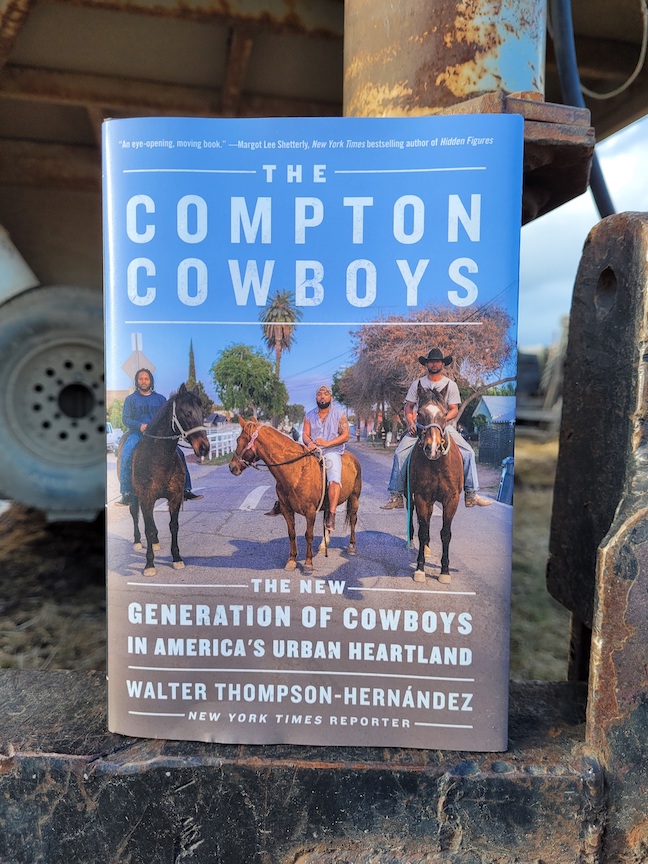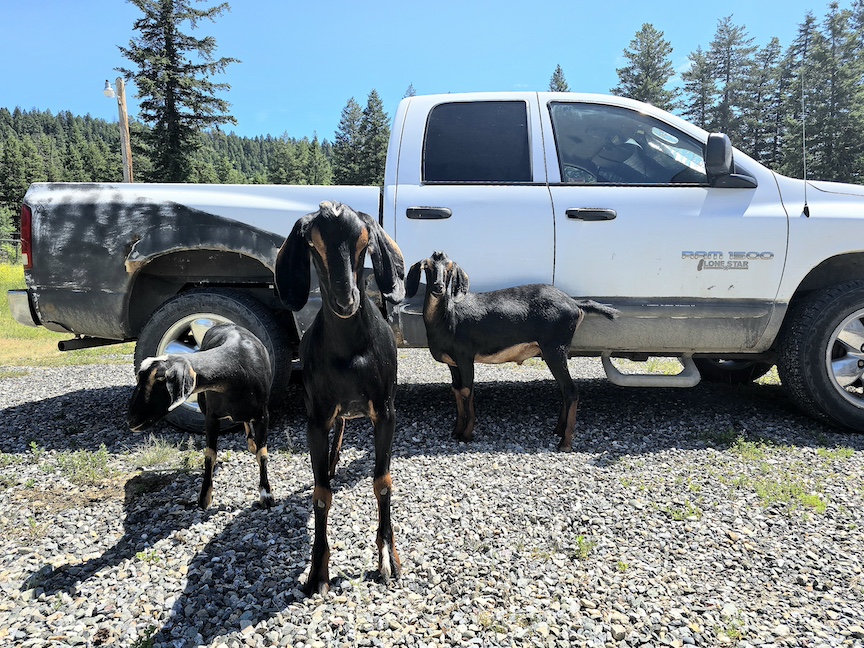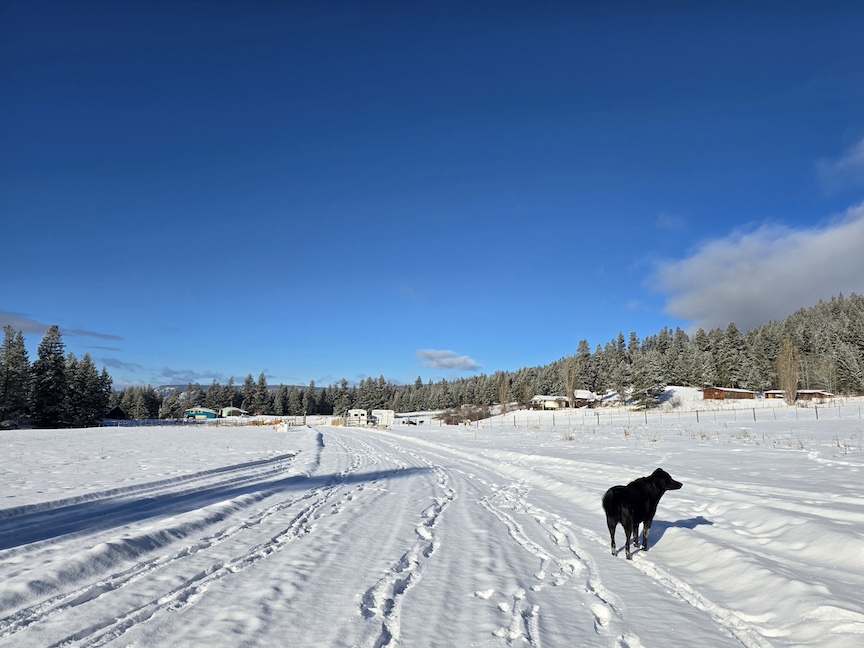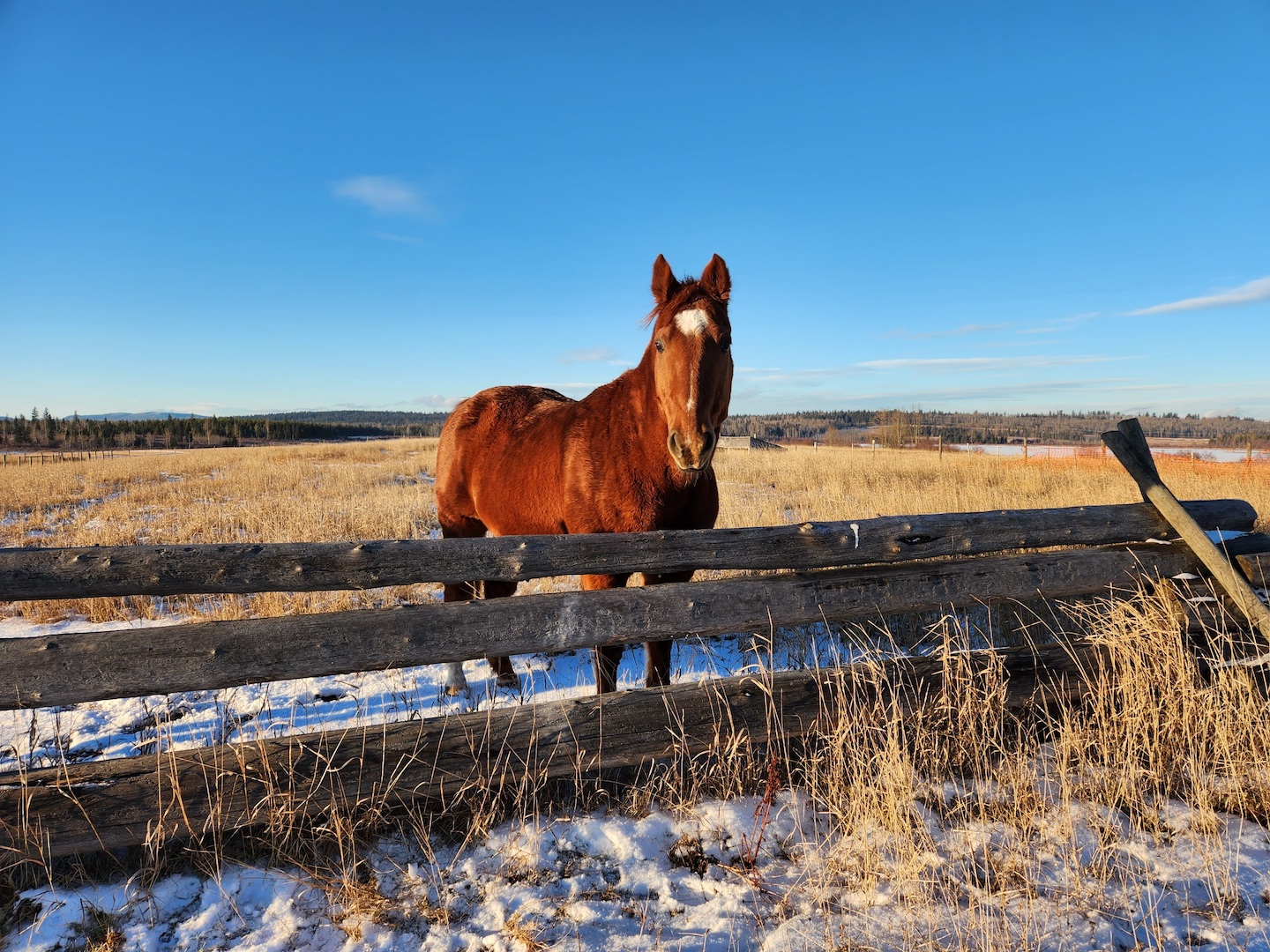Author: Walter Thompson-Hernández
Published: 2020
Mood: If you’re tired of all the white cowboy stories and want to read about young Black men riding horses down the streets of Compton in the name of saving local youth.
“Streets raised us. Horses saved us.”
Compton Cowboys motto
I’d been following the Compton Cowboys on Instagram for about a year when they announced the release of their book, The Compton Cowboys: The New Generation of Cowboys in America’s Urban Heartland.
I was SUPER stoked. The Compton Cowboys do invaluable work, helping at-risk youth fall in with horses instead of gangs. I couldn’t wait to learn more about their lives, and what it’s like to be a Black cowboy on the streets of Compton – an experience so vastly different from my own, I will never be able to appreciate it.
I bought The Compton Cowboys at the same time as Aloha Rodeo, a f*cking outstanding book about the history and stunning accomplishments of Hawaiian cowboys. That may have contributed to my feelings here.
- Both books are by successful journalists
- Both books explore an important culture that’s eclipsed by white cowboys
- Aloha Rodeo blew my mind with its brilliant narrative and engrossing story
- The Compton Cowboys disappointed me – I literally had to force myself to pick it up each night
I’m not saying you shouldn’t read this book, or follow the Compton Cowboys on social media, or donate to the Compton Junior Equestrians (please do!). They’re an amazing and necessary organization with rich, important stories.
But as a former journalist, longtime equestrian, Western fangirl, and current cowgirl-in-training, somehow the book failed to stir up anything in me other than exhaustion.

Let me say this upfront: author Walter Thompson-Hernández is a talented journalist. After finishing The Compton Cowboys I read a few of his New York Times articles, to gain some perspective. This guy can write a kickass feature, and he explores fascinating subcultures that you’d otherwise never hear about, which is right up my alley. I dig his content.
But this book is like a newspaper feature that someone stretched into a book by writing the same words over and over and over to make it longer. What starts out as evocative descriptions quickly becomes repetitive. It could have been 100 pages shorter, and felt significantly more effective.
You get hints of the Compton Cowboys’ youth, a kind of high-level overview of each player. Key details are called out about where they come from, and what they’re doing now. I don’t know how to explain it, but I felt like the stories of each Cowboy were so watered down with excessive writing that they lost their effectiveness. Like I can’t remember much of what I read, only the feeling of frustration that it wasn’t pulling me in.
Most of the book is about current times, and the struggles of the Cowboys’ ranch as it’s being passed down from Randy’s aunt, Mayisha. She busted her ass to earn massive sponsorships from rich white people, and switched their youth equestrian programs to English riding to evoke a more polished, respectable vibe.
The Cowboys want to keep it more authentic, going back to the organization’s Western roots to elicit more enthusiasm from the local youth. Mayisha doesn’t like how they ride around shirtless and in sandals, smoking weed live on social. California’s Black cowboys from the Hill also feel that Compton’s posse is giving Black cowboys a bad rap.
The Compton Cowboys are right, though. If English riding is off-putting to the very kids their program is meant to save, why the f*ck shouldn’t they bring back a more exciting style?
Showing at-risk youth these strong Black people on horseback, and reaching kids on their favourite platforms, is exactly the right approach. English polos and tight pants are a buzzkill for most youth – no offense to the current Compton Junior Equestrians like Zoie who are KILLING IT in hunter/jumper. But even I find English style restrictive.
The current Compton Cowboys are in tune with what their target demographics want, and they understand the power of social media. They have the right tools to bring the awesomeness of horses to a whole new generation.
But the book somehow doesn’t fully showcase them as the community leaders they are, or as badass urban cowboys with fascinating stories. It kind of fizzles out at the end. You learn that the sign out front of the ranch is falling down, and the Cowboys’ great ideas to find funding and to get more kids involved didn’t work.
Fizzling would be fine as a realistic narrative, except it’s dragged out over three chapters describing the exact same things in different ways. That’s the problem with The Compton Cowboys – you read one passage and start to have a feeling. But then you read the same thing using either the exact same words or only slightly different ones, for the tenth time, and your eyes glaze over.
![]()
It’s possible that the point of The Compton Cowboys was to make their organization seem doomed, so you would want to donate. You might be a super-rich person who could replace one of the lost major sponsors. I don’t know, the UX writer in me was constantly struggling to find the purpose of the book. There was no clear path, I wasn’t compelled to do anything except finish and move on.
I’ve seen this happen with other first-time journalists-turned-authors, where a solid news or feature writer can’t craft a passable narrative. Websites, books, and media articles require totally different writing styles. I think Thompson-Hernández just couldn’t fully translate his style to a different medium.
And then you have the Author’s Note at the end. It’s an entire chapter where Thompson-Hernández sells his qualifications to write this book. And he IS qualified! We got that right out of the gate. But the “11th Cowboy” chapter cheapens the entire work.
He describes his challenges from a similar background and his survivor’s guilt, which are legitimate struggles, next to accomplishment after accomplishment and details about how he basically became a Compton Cowboy.
Even if he did – which is super cool, because way to establish a genuine connection with your subjects – humble-bragging about it was so unnecessary. You feel his connection through the fact that he was present for so many personal experiences detailed in the book. The dude literally went to Houston to see how Keiara settled into her new life. We got that he was one with his story, without being repeatedly reminded.
If you pair the Author’s Note with his acknowledgements and his bio in the back jacket, you have 23 PAGES about Thompson-Hernández, which is 9.66% of the whole book. And that just made me feel weird. The last things a reader thinks about after closing a book should be the story and meaning – not the author.
These are just my thoughts. Most people seem to love this book. My optimistic takeaway is that some stories are so much bigger than books, and hopefully this particular book motivates people to explore the Compton Cowboys’ stories on their own platforms – or even Thompson-Hernández’ follow-up accounts of these brave, resilient urban cowboys.


